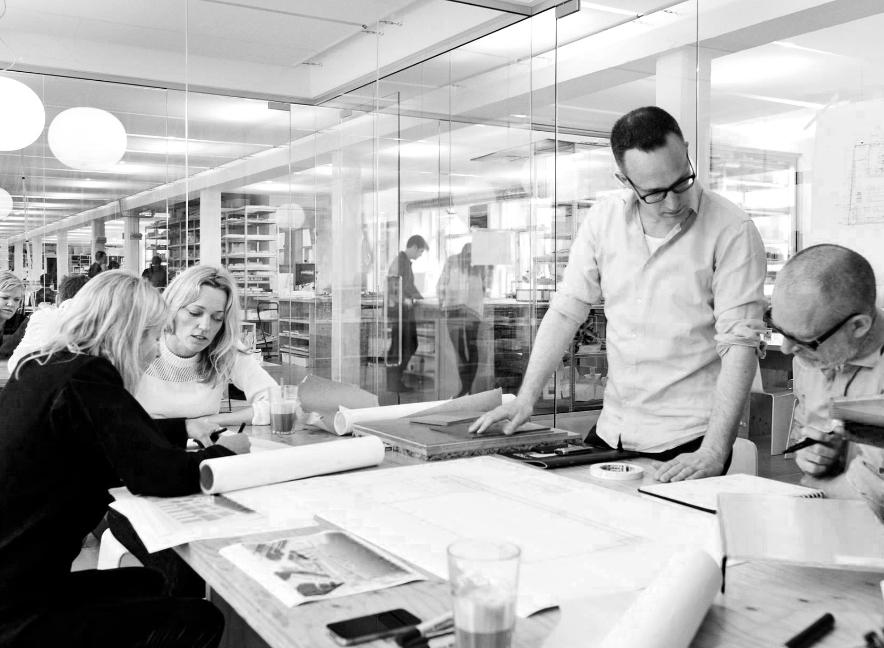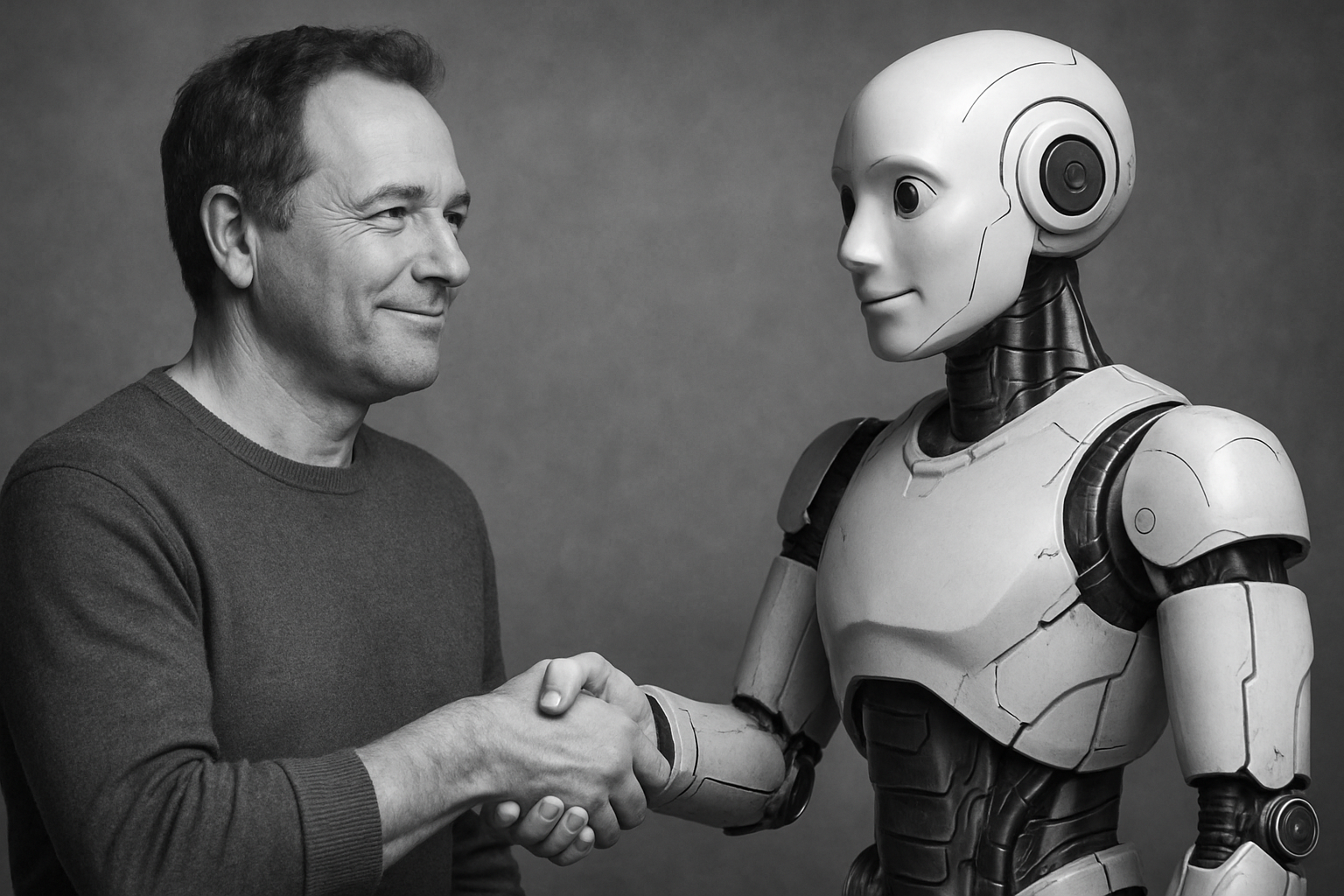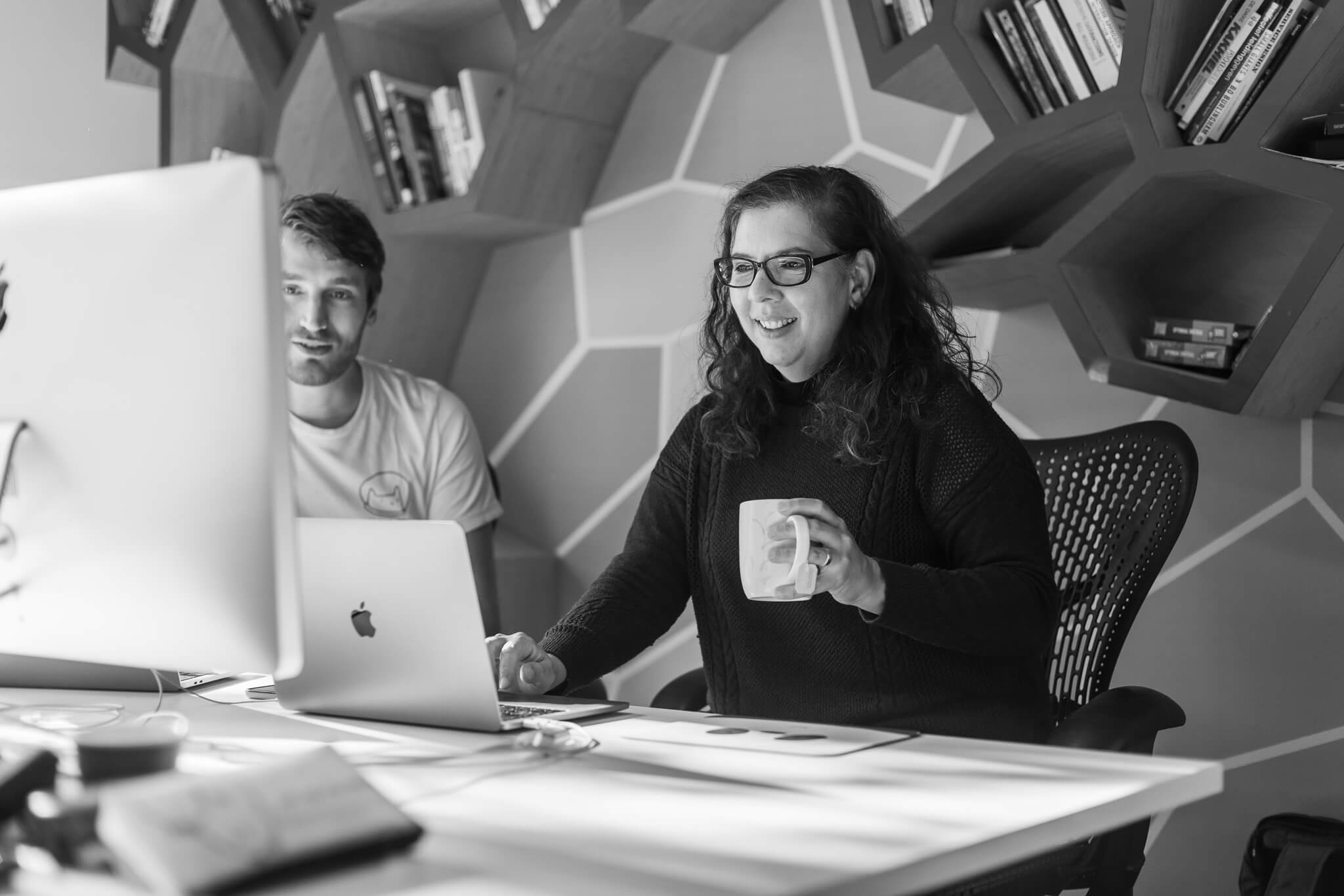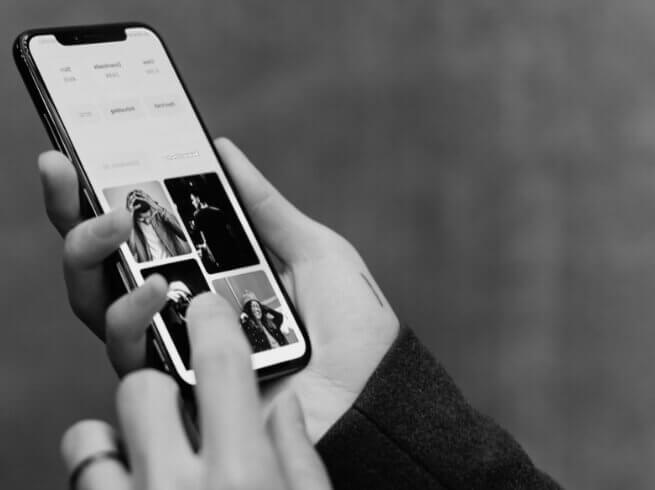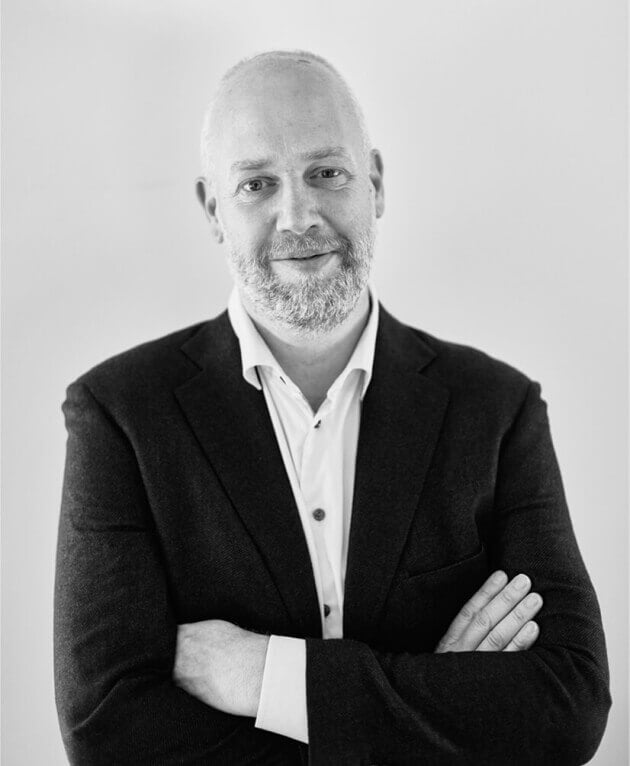It seemed so simple, a redesign for a municipal website where citizens can request care services, such as a stair lift, psychological counseling or help finding work. The site struggled that visitors could not find what they were looking for, so they called the emergency service of the agency. However, the emergency service was more intended for substantive questions and personal guidance of people in need of care, and not to tell people which page of the website to go to. The request to Keen was to solve this problem.
We dive into the problem
First of all, we wanted to know how bad the site actually stood. Through interviews with representatives from different target groups, and with people from the emergency service, we got a good picture of this. We also asked people during user testing to look up certain information, which indeed mostly failed.
In short, user research confirmed: finding stuff on the current site was indeed "a drama" [quote].
The context could be very different from person to person. Depending on how far they had progressed with their request for help, they were at a different stage, and they wanted to look up other things. In other words, depending on the stage of their customer journey they were in, they had different information needs.
In this way they could initially look for general information, in order to orientate themselves broadly. For example; what facilities are there for my son with an intellectual disability? After that, they may have preferred a smaller number of search results to choose from, such as all the day care locations in the region. They could then compare them. And at a later stage, for example, they were looking for something very specific. Think of the telephone number of exactly that one day center in Amsterdam-Zuidoost.
Insights into the search problem and user diversity
Our investigations revealed that the problem had several causes. First, the grouping of the information on the website did not match the experience of the visitors. Second, information was tucked away too far for most people – they simply gave up searching before they reached the page where they needed to be. Third, there were no cross-references between information that was indeed related. Fourth, the search engine on the site was not set up properly.
That last point required more than we could offer in the redesign, but from our UX expertise we could do a lot for the other three issues. Fortunately, our research had yielded good insights.
The survey also revealed how broad the target group was, from almost digitally literate to highly educated. After all, everyone can need care for various reasons, and facilities must apply to the municipality.
From insights to coming up with solutions
With these insights in mind, we set to work.
As mentioned, the client was a medium-sized municipality. In the municipal domain, a lot of work is done with top tasks on the homepage. Top tasks are very targeted actions, such as: renewing a passport or reporting a move.
Perhaps such a structure could also help in our case?
However, when elaborating and testing with our users, we soon discovered that there were way too many top tasks. Not only per target group, but also within the target groups themselves.
If we were to reserve a spot on the homepage for all the top tasks of each target group, it would become overcrowded and therefore cluttered.
We therefore looked for a way to reduce the differences between the target groups, and to look for as much overlap as possible. This may have allowed us to categorize the number of top tasks. That would simplify the display on the homepage, by offering a clear set of categories instead of all separate top tasks.
What our users had in common was that they all came to the website at some stage in their customer journey. They were in one of these phases: looking broadly, searching with a more focused approach, or wanting to find a very specific information or task. If users are in the phase where they still have a lot of questions and uncertainty, then you don't help them with a targeted top task such as: “request a facility”.
Testing the solution direction
Based on these different phases, we came up with a concept in which we guide the users per phase. We then tested this concept again with users. This showed that the grouping of information and tasks per phase corresponded well with the perception of most users. During testing, we found out that there was a fourth phase involved, namely; extending facilities previously provided by the municipality.
A verified solution that was new in this domain
Most users were fine with this new layout. The reactions to the redesign were therefore very positive.
In the case above, it was quite exciting for us whether the innovation would also be accepted by the client. After all, top tasks are a well-known concept for municipalities, but organizing the homepage on the basis of stages in a person's care needs, in other words phases in the customer journey, was new for this client. We therefore had to explain clearly what the difference was: thinking in terms of tasks or thinking in terms of customer journeys. A quick step is to use an already known system. But by doing more in-depth research, you arrive at a better solution that really suits the user and solves the problem.
It would not have been possible without research
This case shows that if you want to innovate, you should not immediately jump into a solution. Keep calm and keep going is the motto. The tendency to quickly implement an obvious solution is very recognizable. Clients, but also ourselves, want things to be solved. That makes us feel good. Uncertainty feels much less pleasant. But that is precisely one of the characteristics of a good designer, and therefore of innovation. As designers we look for the best solution, and as a result live in uncertainty for a certain period of time. We postpone our judgment and start testing, testing and investigating. Without assumptions and expectations.
Otherwise, you might miss important insights that make the difference between a change that adds nothing and an actual innovation. By investing time in thorough research, you arrive at innovations that really work. We want to commit to finding the right solution to the problem.
It is about successfully realizing something that is new within your context. That is what makes an innovation an innovation.
